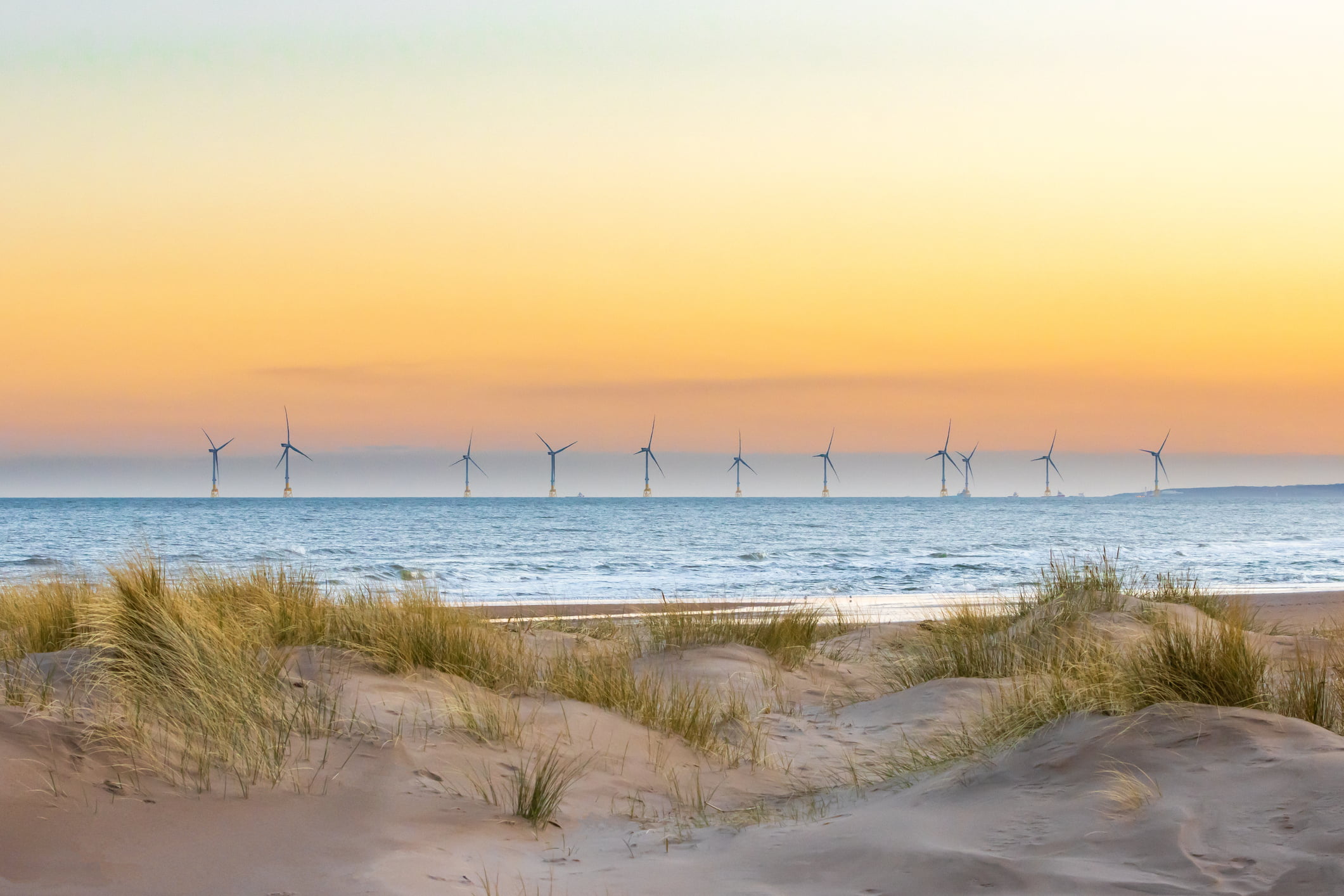We are now moving in the right direction when it comes to tackling the climate emergency, however obstacles remain. While the UK is seen as a climate leader having picked some of the low-hanging fruit, we now need to make a much bigger impact in the more challenging-to-decarbonise sectors.
The pace and scale of the transition ahead will need to ramp up, and soon. In the UK, arguably the most important of these is decarbonising buildings and heating systems. We now need ambitious and effective programmes with sufficient funding and long-term commitment to help deliver this.
The Biden administration has set out a very ambitious programme. However, significant structural issues in the US and pushback on climate action from some quarters will make reaching the ambitious targets set by the new administration challenging. In both the UK and US, there has been a dramatic improvement in rhetoric; this must now be met with action equal to the challenge.
The EU has also set ambitious goals after a slow and fraught negotiation process, but critics have pointed out that relatively little of the total Covid-19 recovery spending has been earmarked for a green recovery. Others have raised questions about how ‘green’ some of the green investments are.
This increase in pace and scale among G7 nations will need to be echoed at a global level. Where the UK has led, the G7 must now encourage others in Australia, India, South Korea and South Africa to follow. Ultimately, it’s delivery against these ambitions that will really count. For every attendee (including the hosts), the positive rhetoric and ambitious targets need to be met rapidly with equal levels of action across every sector at both the G7 summit in June and then later this year at COP26.
The eyes of the world are on the UK, waiting to see the ambition turned into action.

